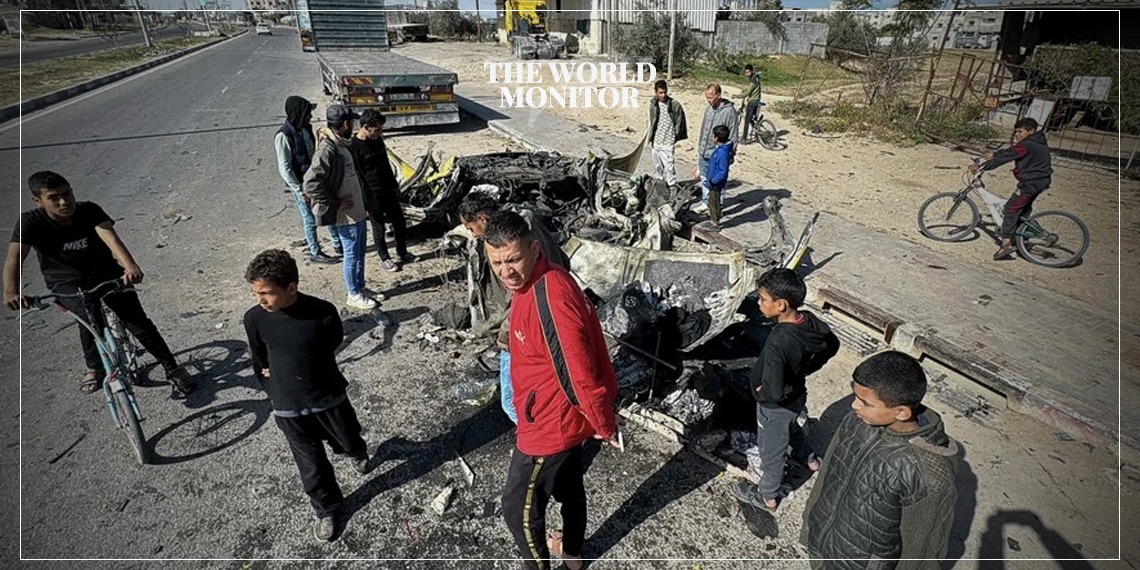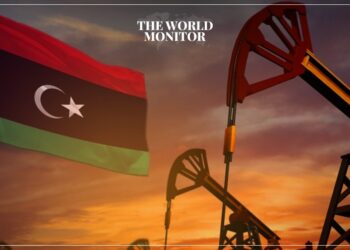A joint report by the United Nations and the World Bank has revealed that the economic losses in the Gaza Strip, since the onset of the Israeli ground attacks, have amounted to approximately $18.5 billion. This figure represents 97% of the Palestinian Gross Domestic Product (GDP) in the West Bank and Gaza in 2022.
The report, titled “The Preliminary Damage Assessment,” covering the period from October 7, 2023, to the end of January 2024, outlined the sector-wise distribution of the total losses as follows: Housing sector at 72%, Trade, Industry, and Services sector at 9%, Agriculture sector at 3.4%, Health sector at 3%, Water, Sewerage, and Sanitation sector at 2.7%, Environment sector at 2.2%, Transport sector at 1.9%, Education sector at 1.8%, Cultural Heritage sector at 1.7%, Energy sector at 1.5%, and the Information and Communications Technology sector at 0.5%, with the Municipal Services sector at 0.1%. The destruction has nearly obliterated all infrastructure, leaving very few assets untouched. The report highlights that around 26 million tons of debris resulted from the Israeli bombings, with clearance expected to take years. Over half of Gaza’s population is now on the brink of famine, facing severe food insecurity and malnutrition, with approximately one million people homeless and 75% of the population displaced.
The report also noted the war’s devastating cumulative impacts on physical and mental health, especially harsh on women, children, the elderly, and the disabled, predicting lifelong consequences for the children growing up in the Palestinian sector today. With 84% of Gaza’s health facilities damaged or destroyed, residents suffer from limited access to healthcare and life-saving interventions.
Additionally, the collapse extended to Gaza’s water and sewage system, now operating below 5% of its former capacity, with residents relying on limited water rations for survival. The education system in Gaza has completely collapsed, leaving 100% of children out of school due to the war. The report recommended increasing humanitarian relief efforts, food aid, shelter for the displaced, and restoration of essential services. According to the World Health Organization, the number of displaced and homeless due to the Israeli war on Gaza, from October 7 to April 2, reached 1.7 million.
The Palestinian Central Bureau of Statistics reported that the Palestinian economy incurred production losses estimated at $2.3 billion during the first four months of the Israeli occupation’s aggression. The report highlighted a near-total halt in production for private sector establishments in the Gaza Strip and unprecedented decline in the West Bank, with the majority of Gaza’s workforce, estimated at over 153,000 workers, becoming idle, except those in the health and humanitarian relief sectors.






